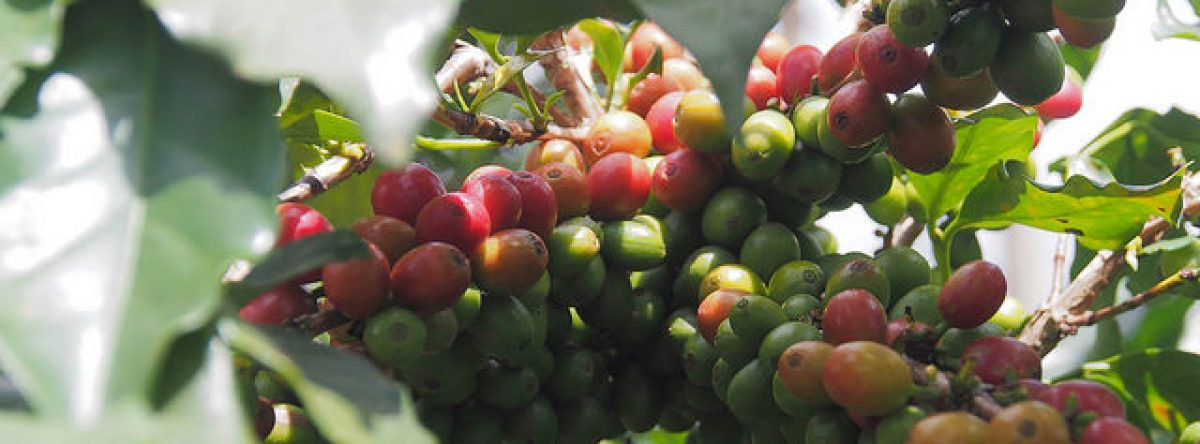Throughout this project, gaps in relation to the Robusta coffee sector were identified.
Much of the literature available on the Robusta sector in the Central Highlands is outdated. Studies performed by, e.g. Marsh, 2007 (see reference list) provides an in-depth insight to many aspects of the Robusta sector, from irrigation to ethnic minorities. Unfortunately, as this publication was released in 2007, it is very possible for the information to be wrong, due to changes that may have occurred over the next 10 year period. Throughout this project, when comparing the information from literature and the information gathered throughout the questionnaire process, there were variances in regards to priority of certain issues e.g. pests & diseases, or to the amount of land that is used for Robusta coffee growth. In this case, due to the expertise of the questionnaire participants and the more recent time in which the questionnaires were performed, it is most likely that the information gathered by the questionnaires will be most accurate to the current state of the coffee sector.
Gaps of opinion were also found throughout this project. Varying stakeholder types have different priorities in terms of coffee. This will influence their answers in regards to certain threats. The ranking of the threats shows the overall average of the rankings given by the questionnaires, but it does not show the variances per stakeholder group. for example, despite pests & diseases receiving the overall lowest ranking, it still received high rankings by the Roaster group.
Another cause for there to be a gap in the rankings provided by the questionnaires is ongoing projects in the area. Many of the questionnaire participants are currently working on projects within the Central Highlands addressing the 5 threats of this project. The success/failure of the ongoing projects influenced the answers provided during the questionnaire.
